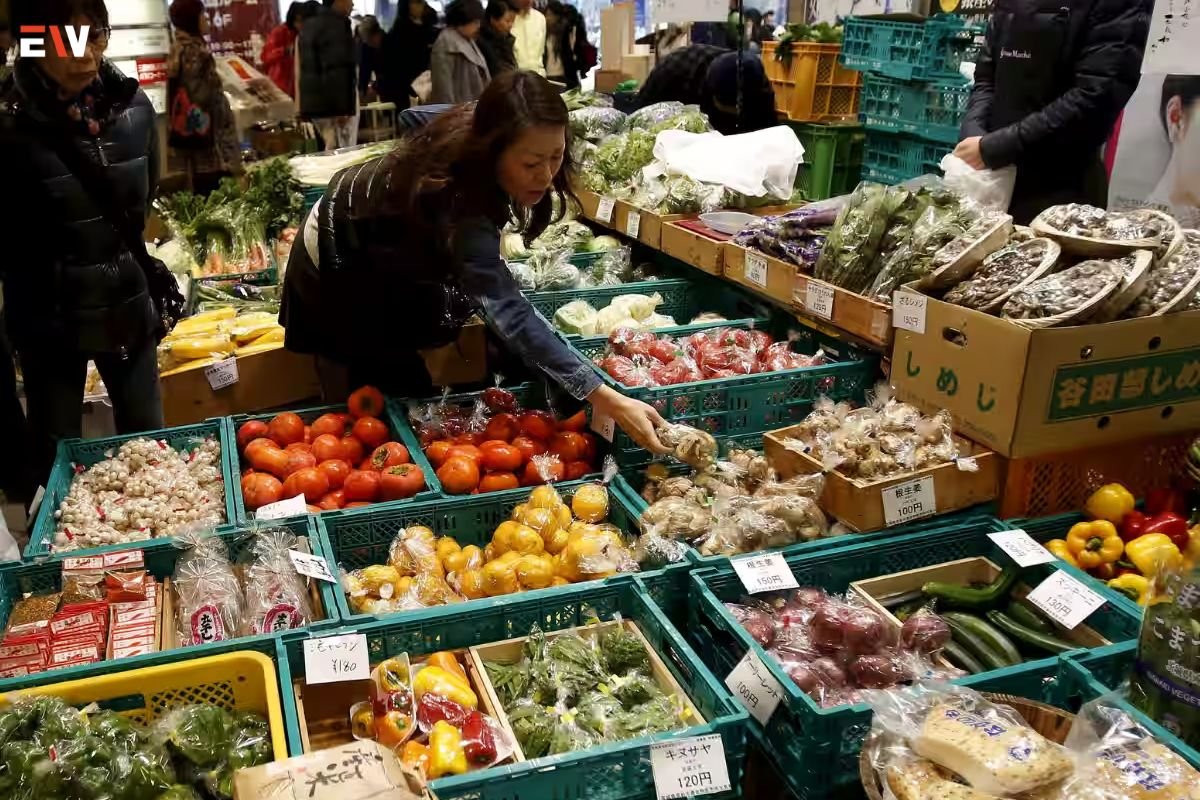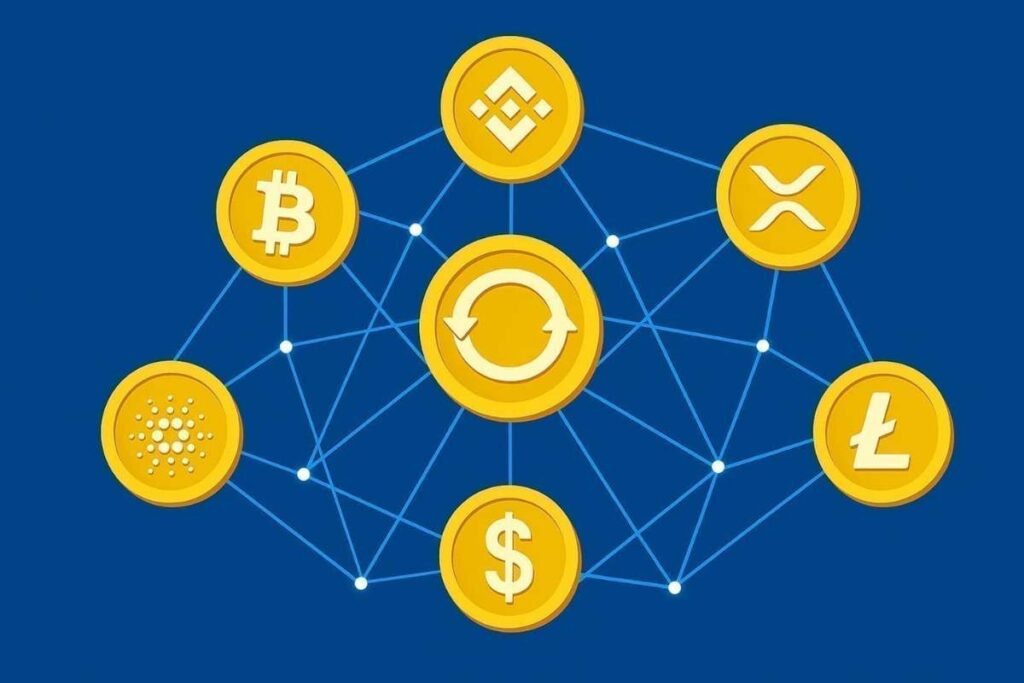Source- Zee Business
Moderation in Consumer Price Growth
Japan’s inflation witnessed a notable easing in March, surpassing market expectations but remaining above the Bank of Japan’s (BOJ) target. According to data released by the Internal Affairs Ministry on Friday, consumer prices, excluding fresh food, increased by 2.6% from the previous year, compared to February’s 2.8% rise. This reading slightly missed the consensus estimate of 2.7%. Moreover, a comprehensive measure of Japan’s inflation, which excludes both fresh food and energy prices, cooled to 2.9%, marking its first dip below 3% since November 2022.
Central Bank Policy Implications
Despite the deceleration, Japan’s inflation rate has consistently met or exceeded the BOJ’s 2% target for two consecutive years. This sustained performance provides impetus for the central bank to contemplate further normalization of its policy stance if the trend persists. With the BOJ’s upcoming policy meeting in April, economists and investors are eager to scrutinize the bank’s updated inflation forecasts, which could offer insights into the timing of future policy adjustments.
Drivers of Inflation and Policy Outlook
Factors influencing Japan’s inflation dynamics include the deceleration in price growth for processed food, attributed to fewer price increases observed compared to the previous year. However, forecasts suggest a resurgence in food prices, propelled by ongoing currency weakness and geopolitical uncertainties affecting oil prices. Additionally, sluggish growth in service prices, while still above 2%, warrants monitoring by policymakers, signaling potential challenges in broadening the inflation trend beyond specific sectors.
Japan’s Central Bank Is Said to Mull Raising Inflation Forecast
Anticipated Wage Increases and Future Rate Hikes
Noteworthy is the anticipation of substantial wage increases resulting from recent negotiations between unions and companies. These wage hikes, projected to materialize around June, are expected to stimulate demand-led price growth and could influence future policy decisions by the BOJ. Economists foresee a potential rate hike as early as October, influenced by factors such as the yen’s weakness and optimistic wage projections.
Forecasts and Economic Implications
In anticipation of wage-driven demand and persistent inflationary pressures, the BOJ is expected to revise its inflation forecasts upward for the current fiscal year to 2.6%. Furthermore, projections for the fiscal year commencing in April 2026 anticipate a steady 2% price growth. However, uncertainties surrounding the yen’s depreciation and rising commodity costs continue to pose risks to Japan’s inflation outlook, necessitating vigilant monitoring by policymakers amidst ongoing economic challenges.










